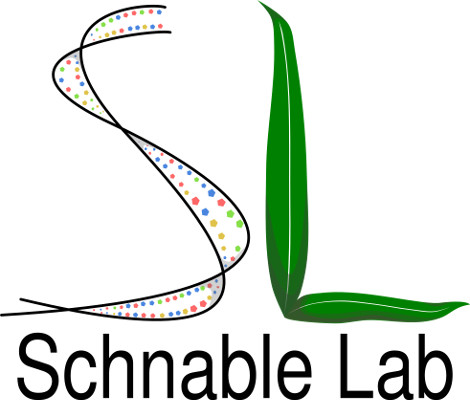The Schnable Lab publishes software that supports high-throughput phenotyping, comparative genomics, and data wrangling for large-scale field experiments. Most active development lives in GitHub repositories under the lab and collaborator accounts; this page curates the projects we rely on everyday and points you toward install and contribution resources.
Phenotyping & Field Automation
- SLHTP – Schnable Lab High Throughput Phenotyping
GitHub: alejandropages/SLHTP
Python toolkit that powers our bean, ear, and kernel image pipelines. The repo bundles thebeanpheno,earpheno, andkernelphenomodules, along with notebooks for reproducing the analyses described in our phenotyping publications. - PhytoMorph integrations
Internal notebooks and scripts that wrap PhytoMorph for automated ear feature extraction. Reach out to the phenotyping subgroup for access or to collaborate on new trait extractors.
Comparative Genomics Utilities
- Pan-grass synteny workflows
Supporting scripts for the pan-grass syntenic gene sets consolidate LastZ alignments, QuotaAlign blocks, and polishing notebooks. The current production notebooks are in the lab’s internalsynteny-toolsrepo; contact James for access while we prep the public release. - Paleopolyploidy map tools
Lightweight scripts that generate the plant paleopolyploidy visualisations published on CoGePedia. These live in thepaleopolyploidy-mapsrepo and depend on standard R tidyverse packages.
Getting Started & Contributing
- Clone the target repository and follow the README to install Python/R dependencies. Most projects expect
condaenvironments; phenotyping code additionally requires OpenCV and PyTorch. - Open issues for bugs or feature requests before submitting a pull request. We follow the same review expectations outlined in AGENTS.md.
- Document new scripts with example commands and add small sample data under a
tests/orexamples/directory so other lab members can reproduce your results quickly.
Looking for published datasets, imagery, or derived gene lists? Browse the Published Datasets and Code Repositories page for DOI-linked archives that complement these tools.
